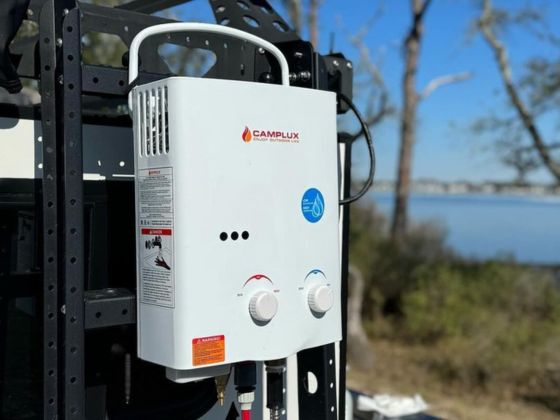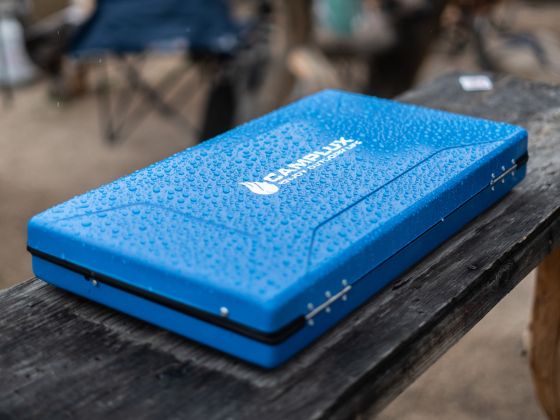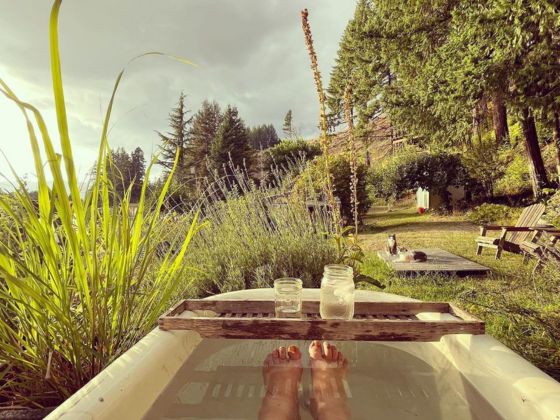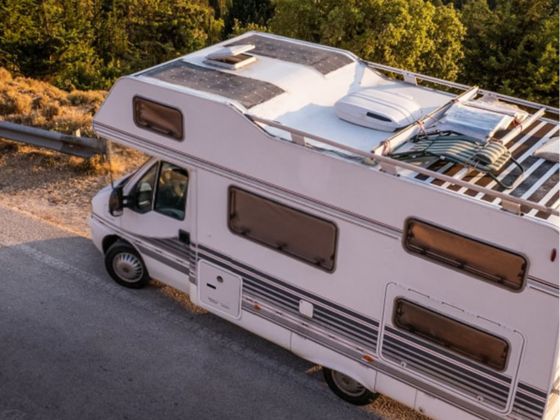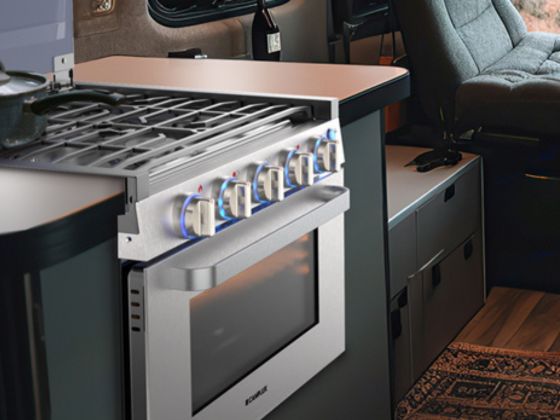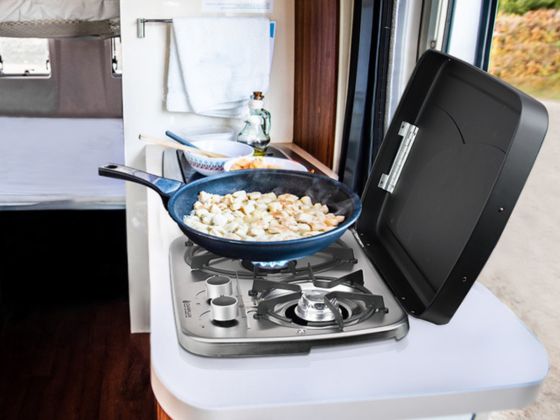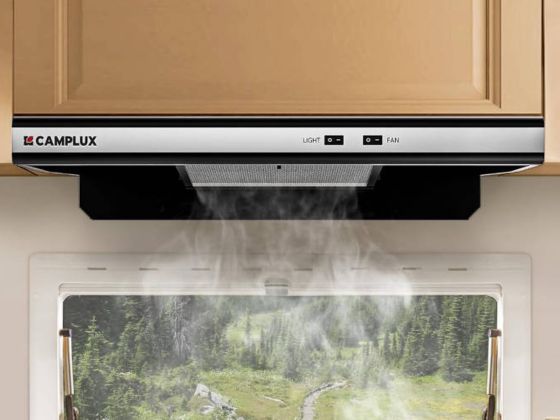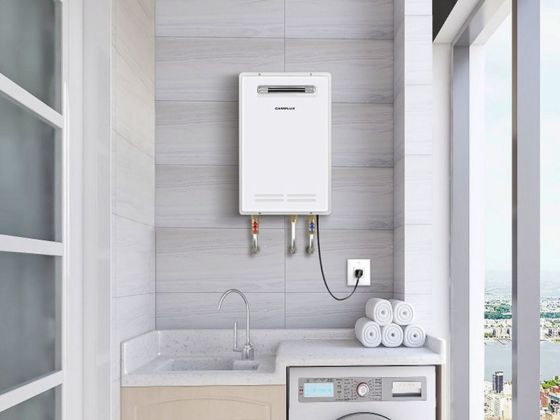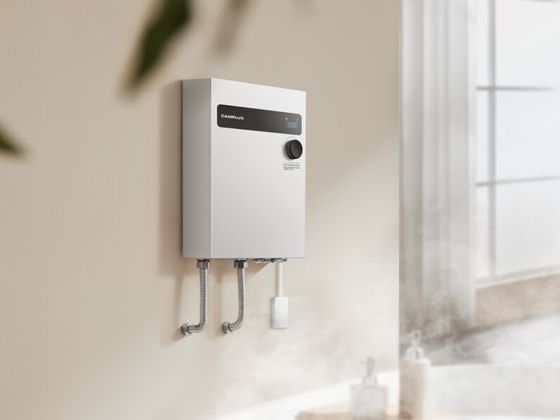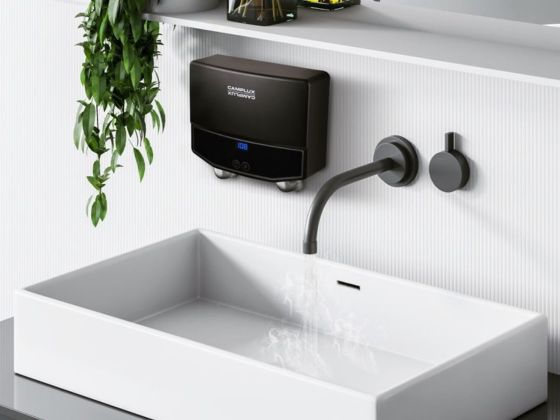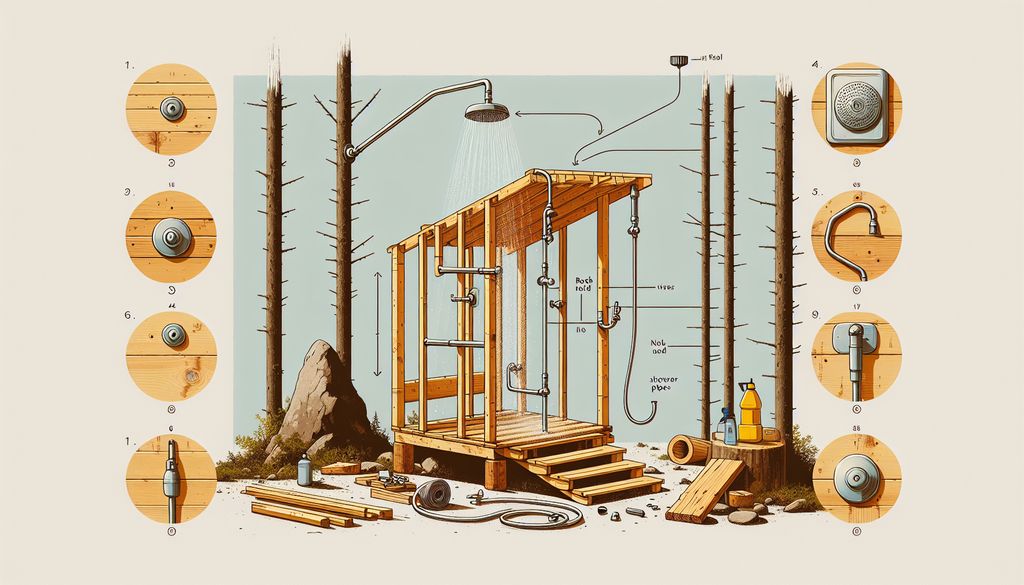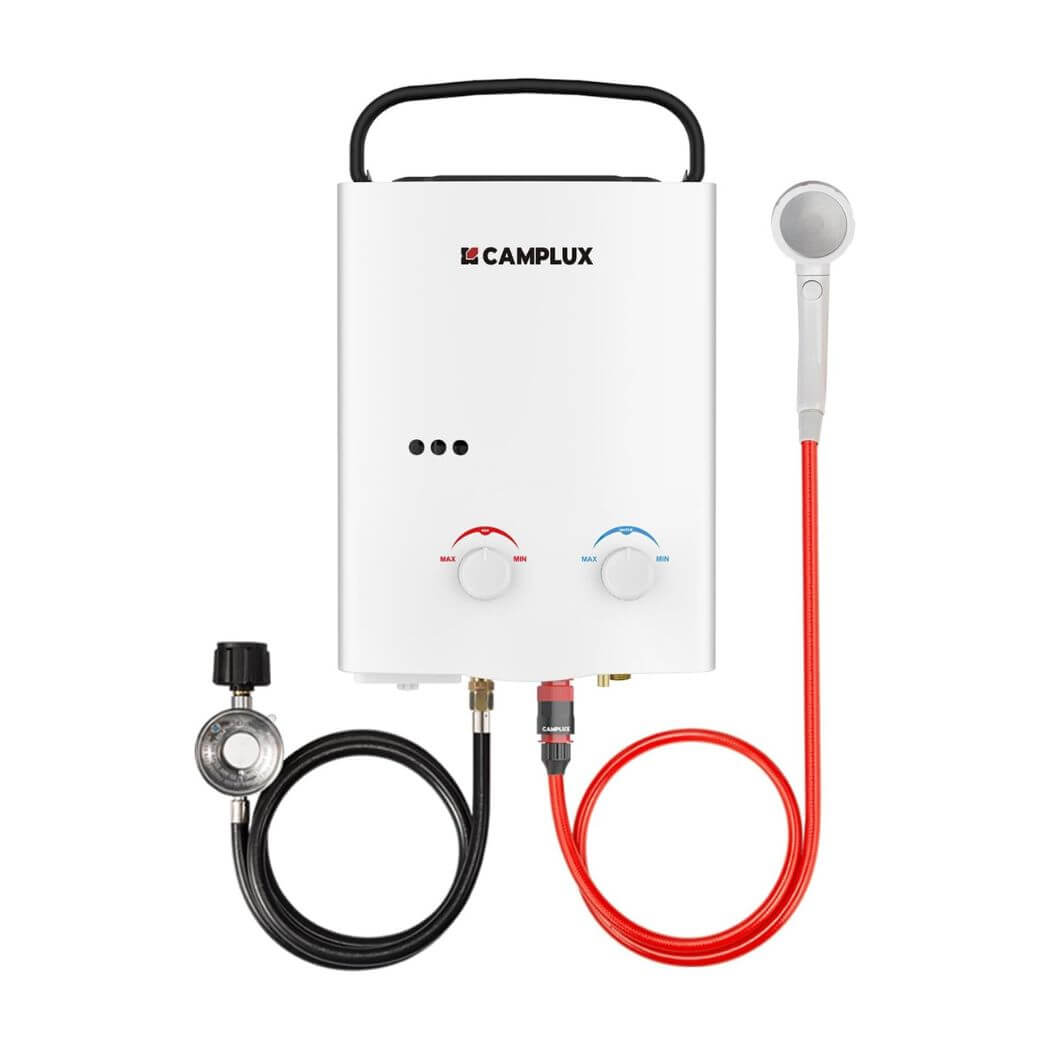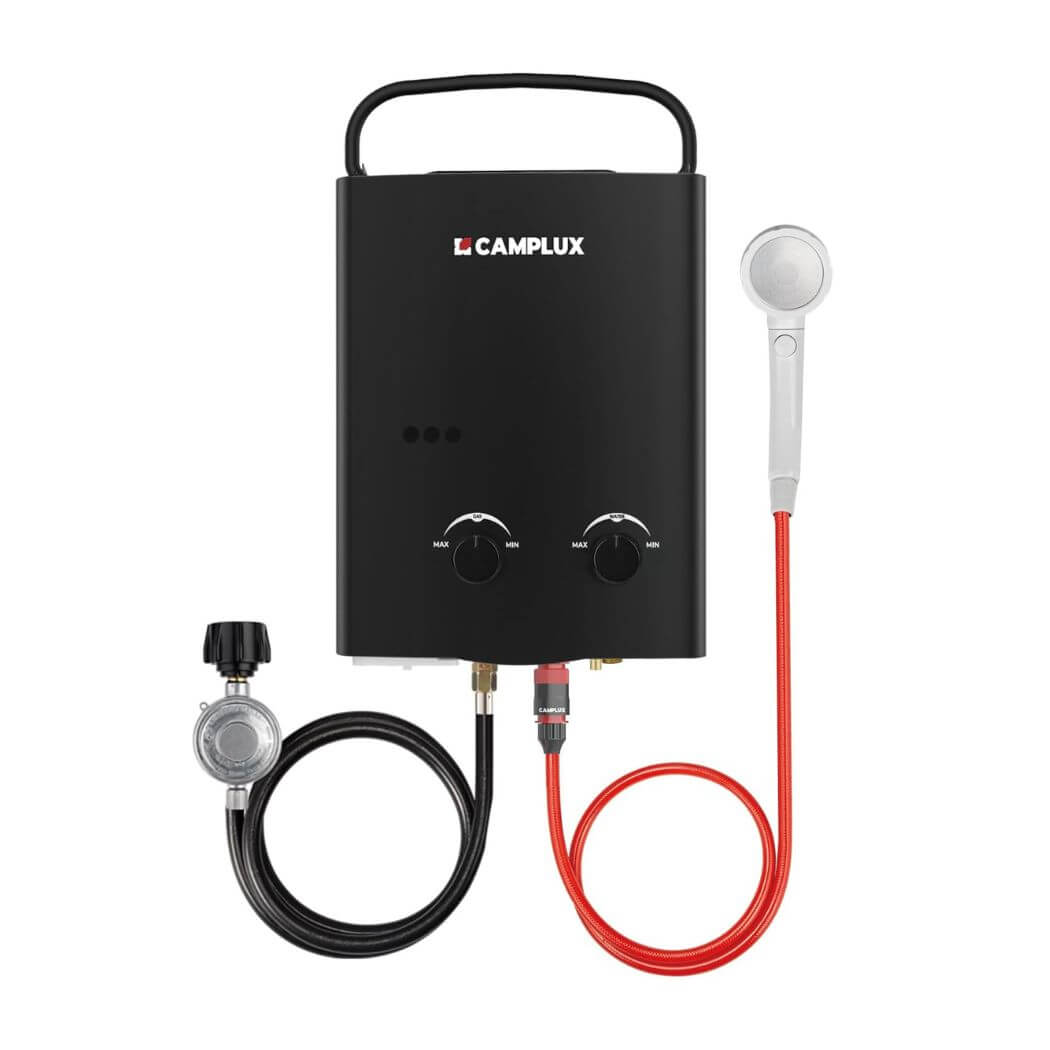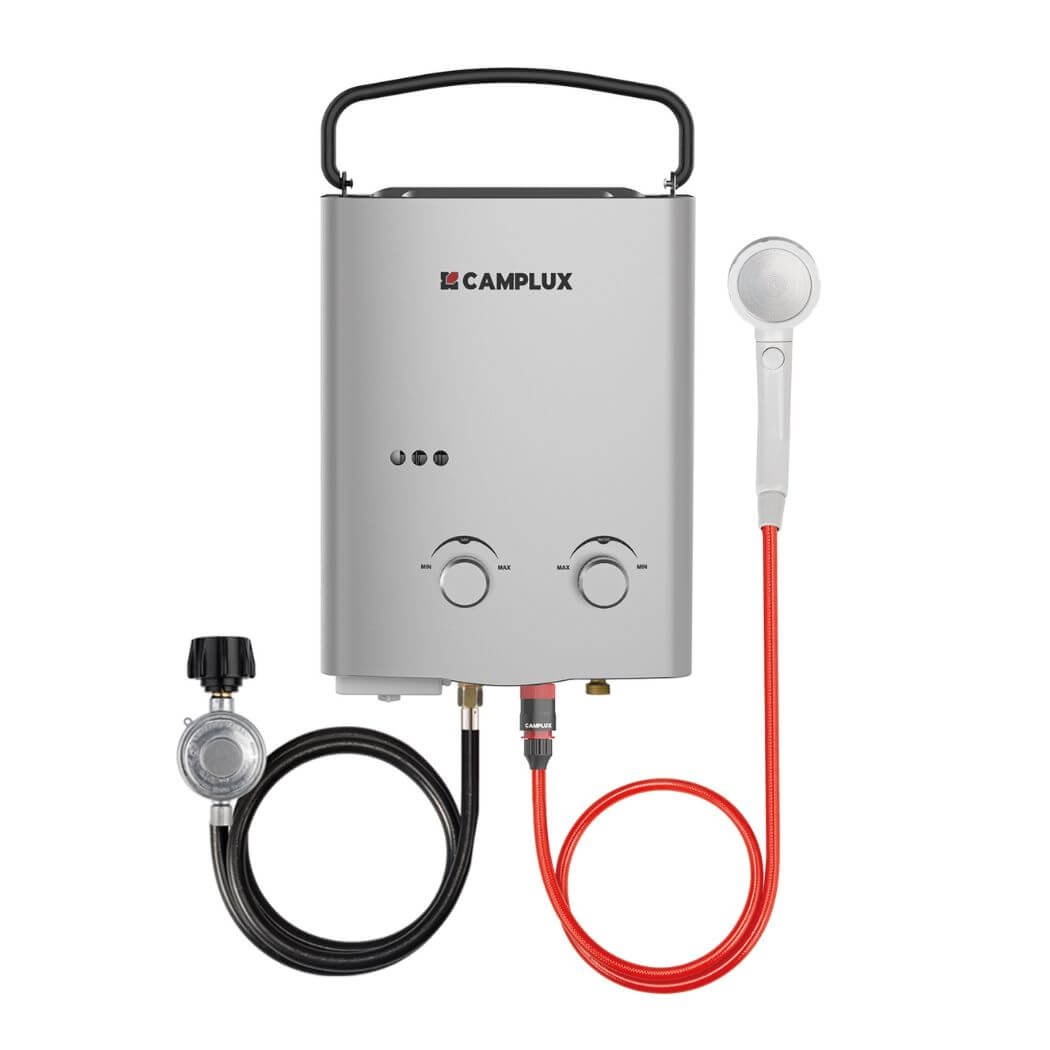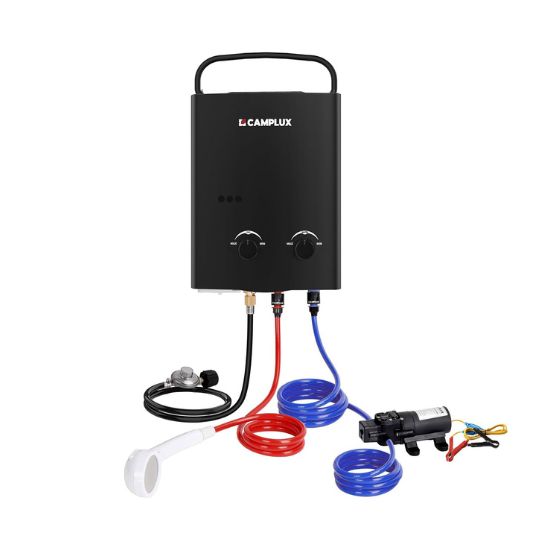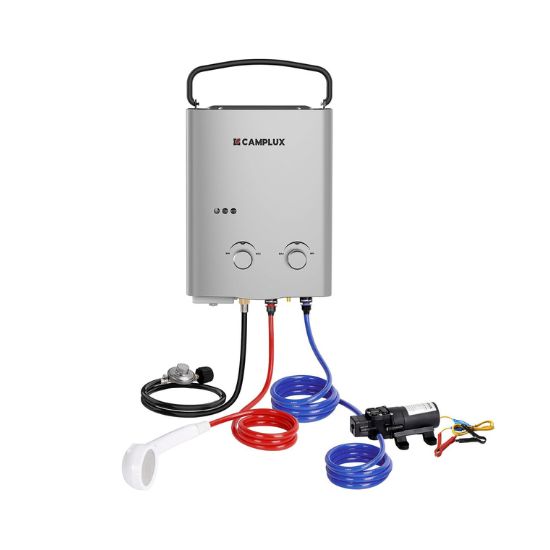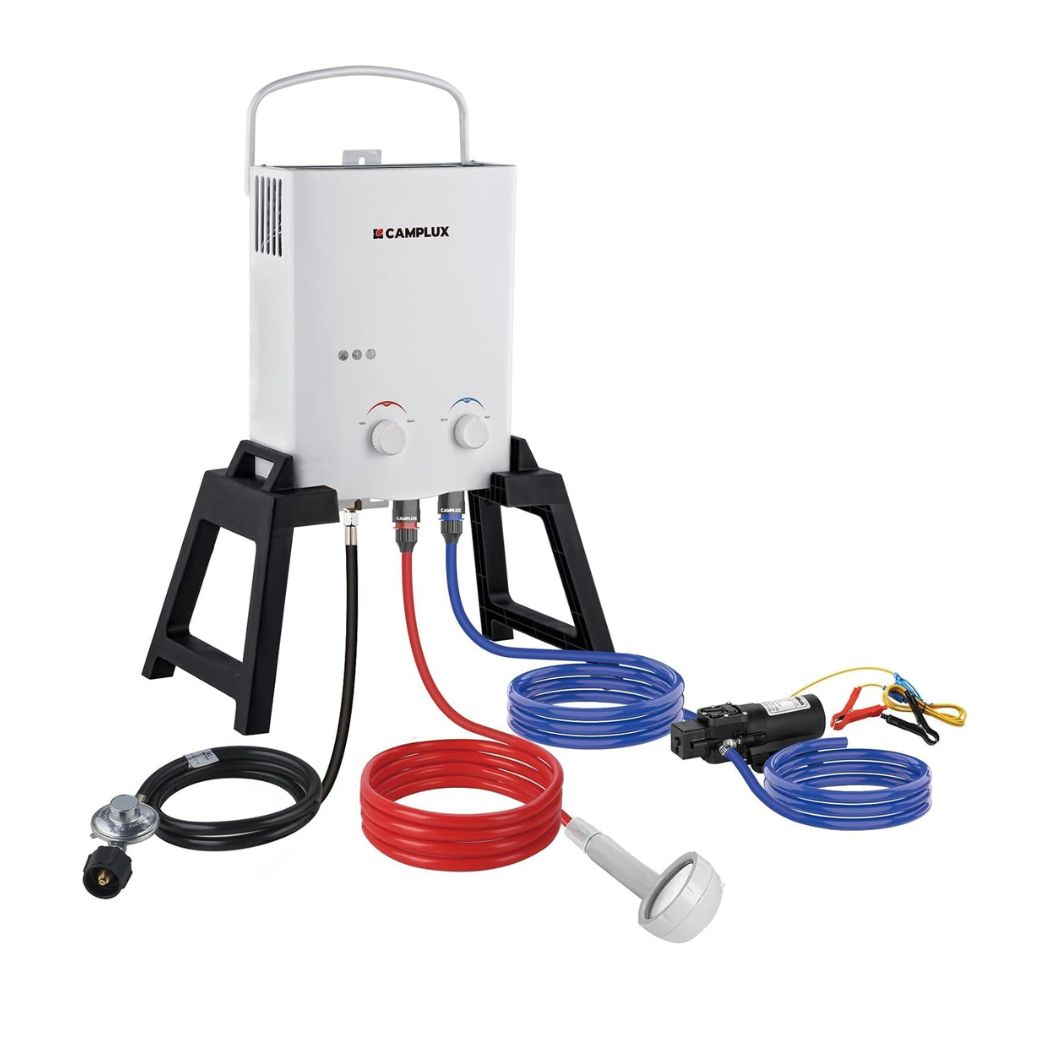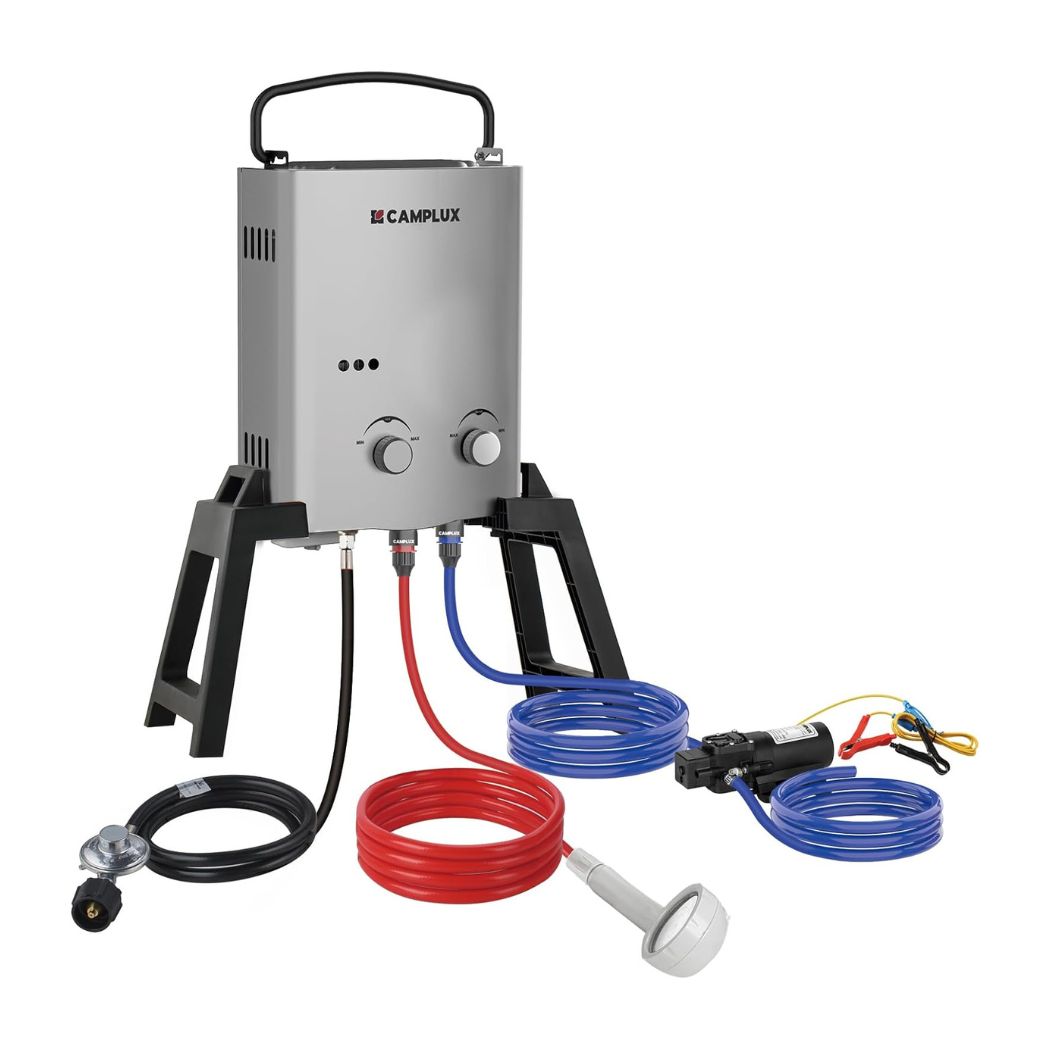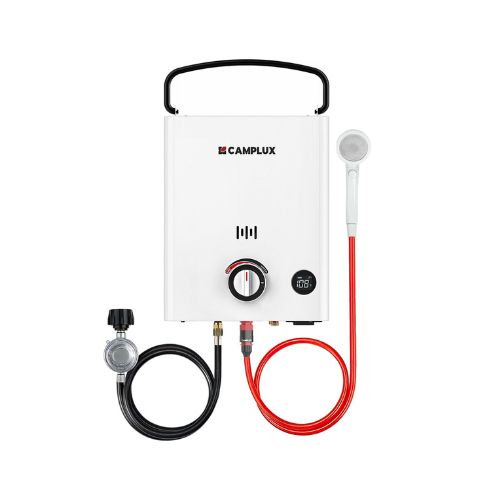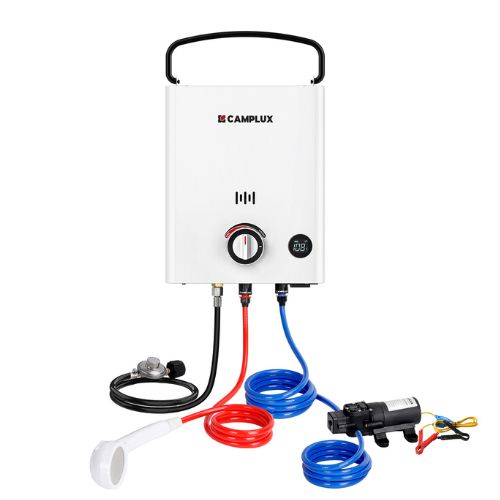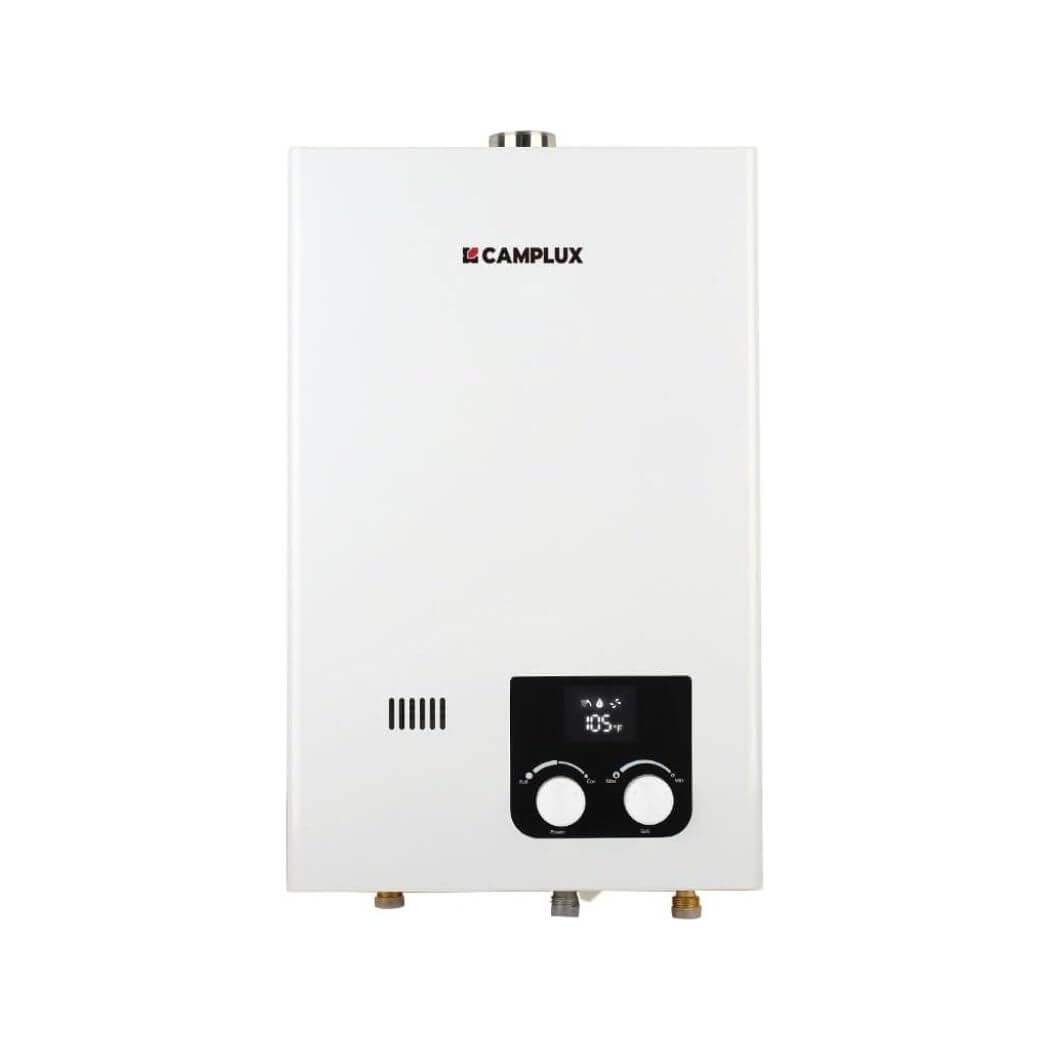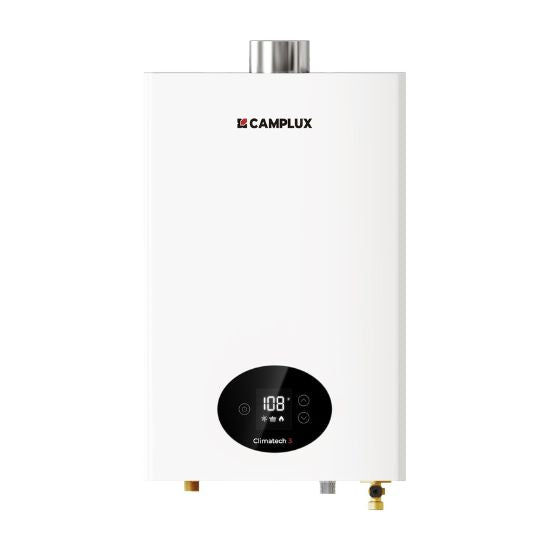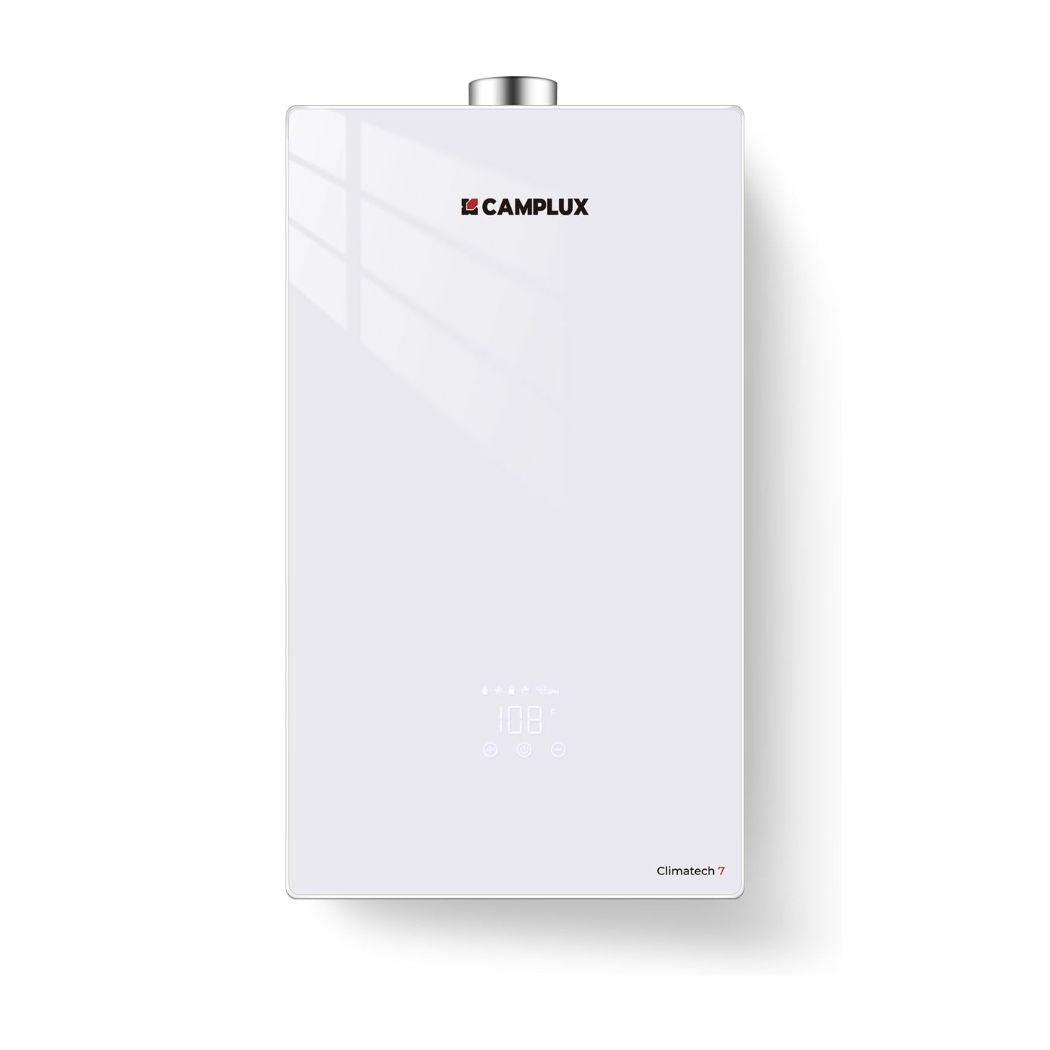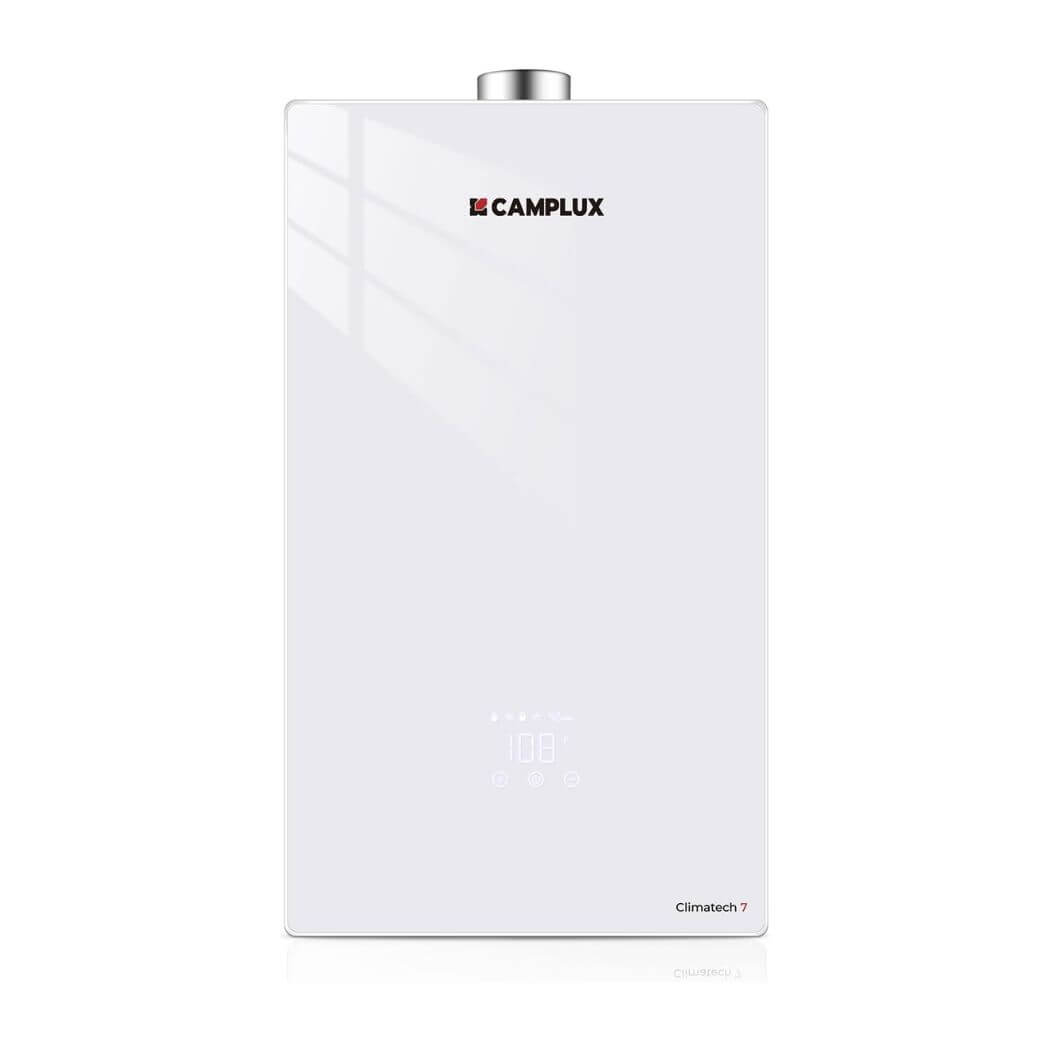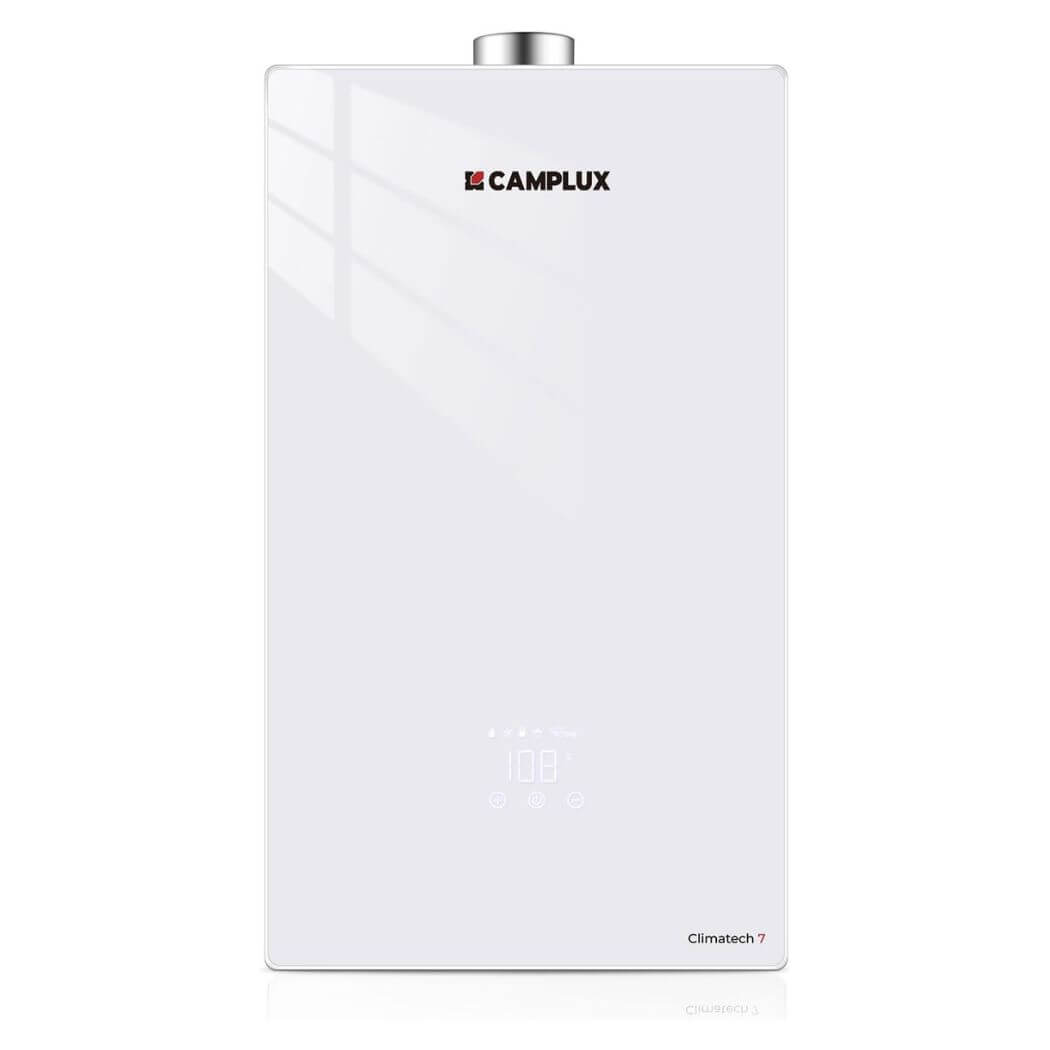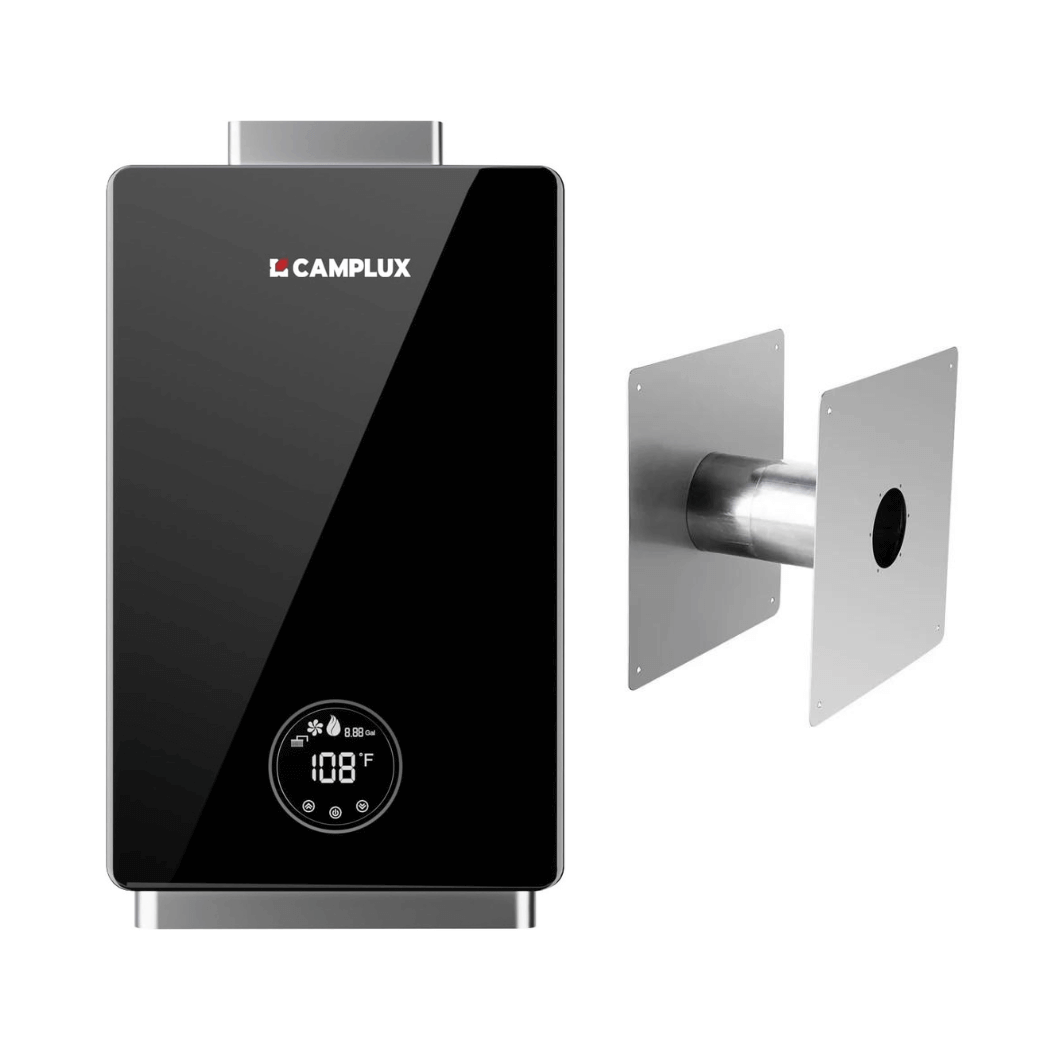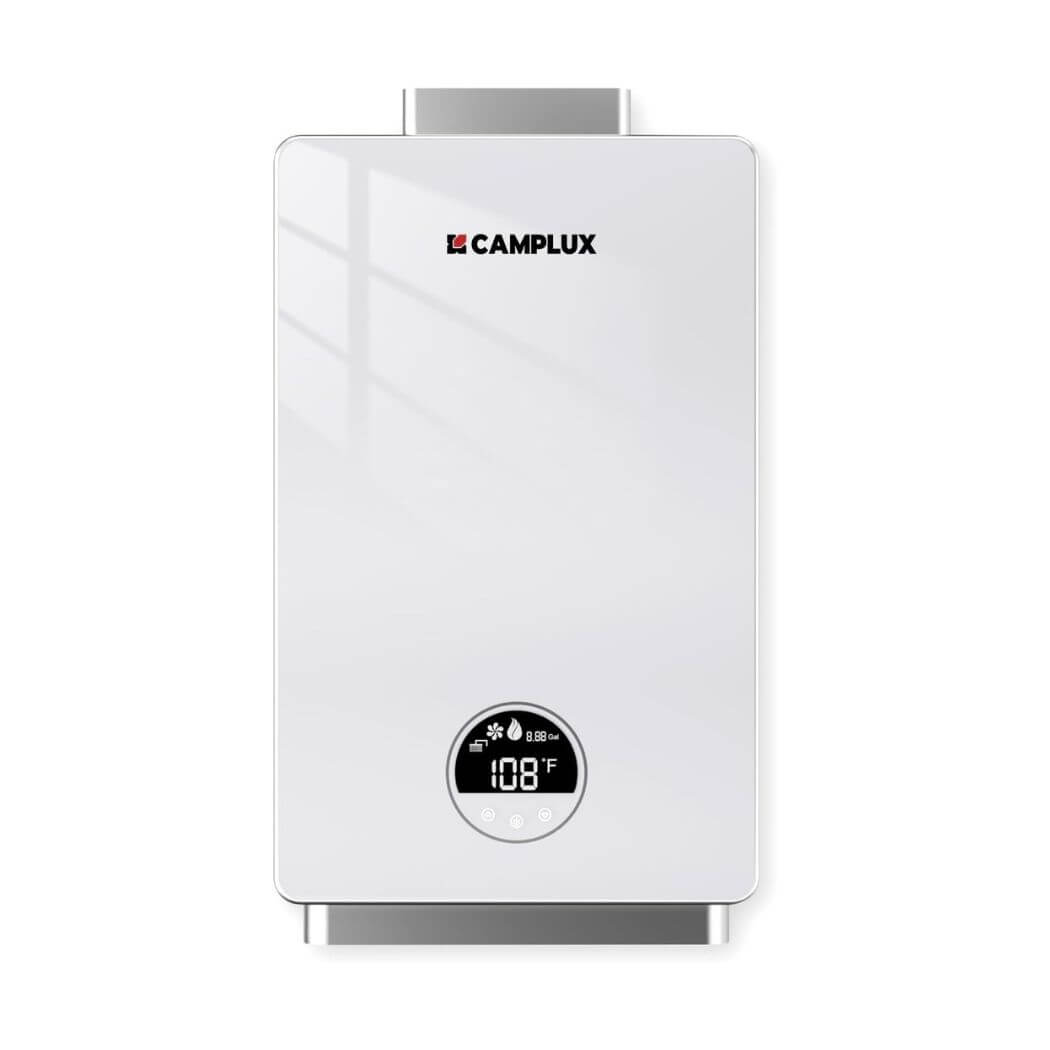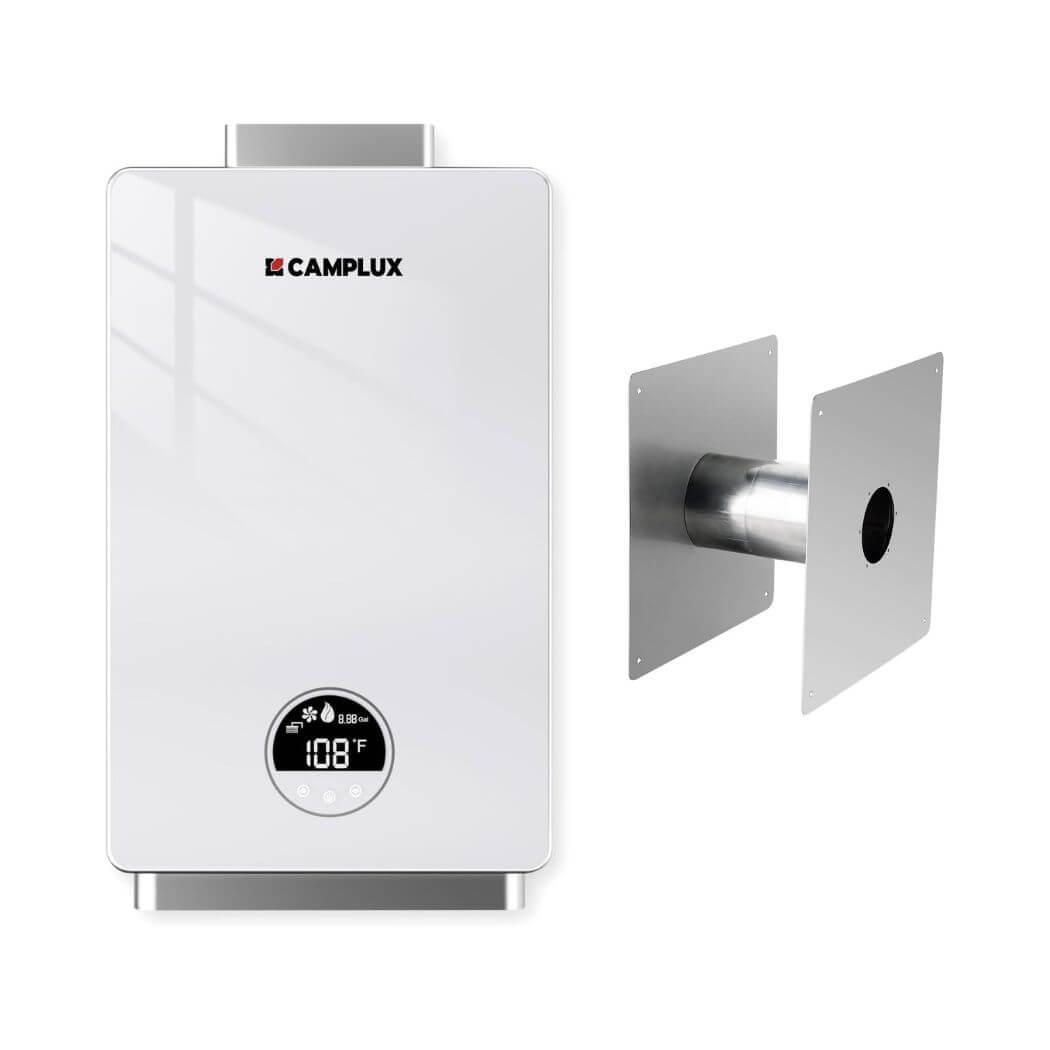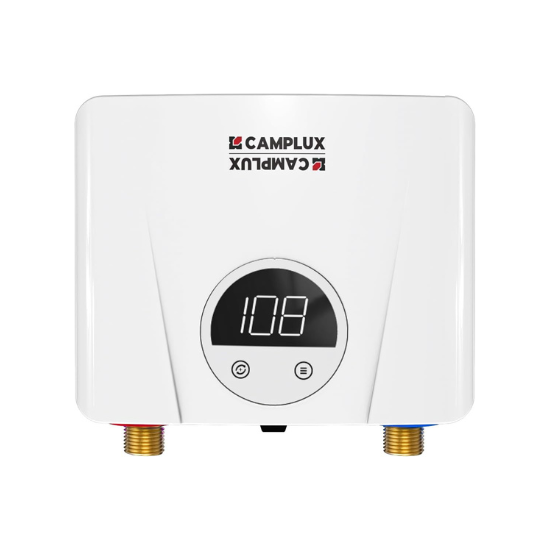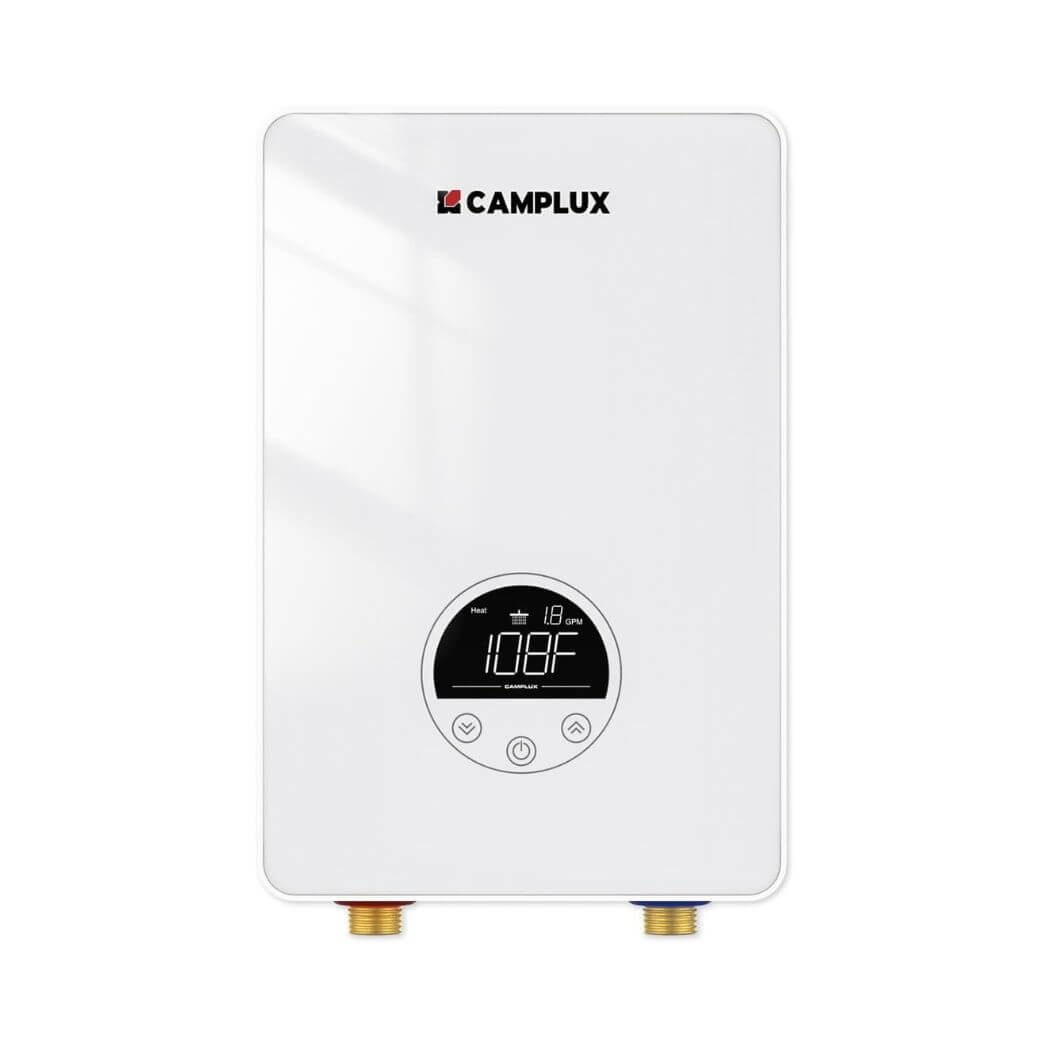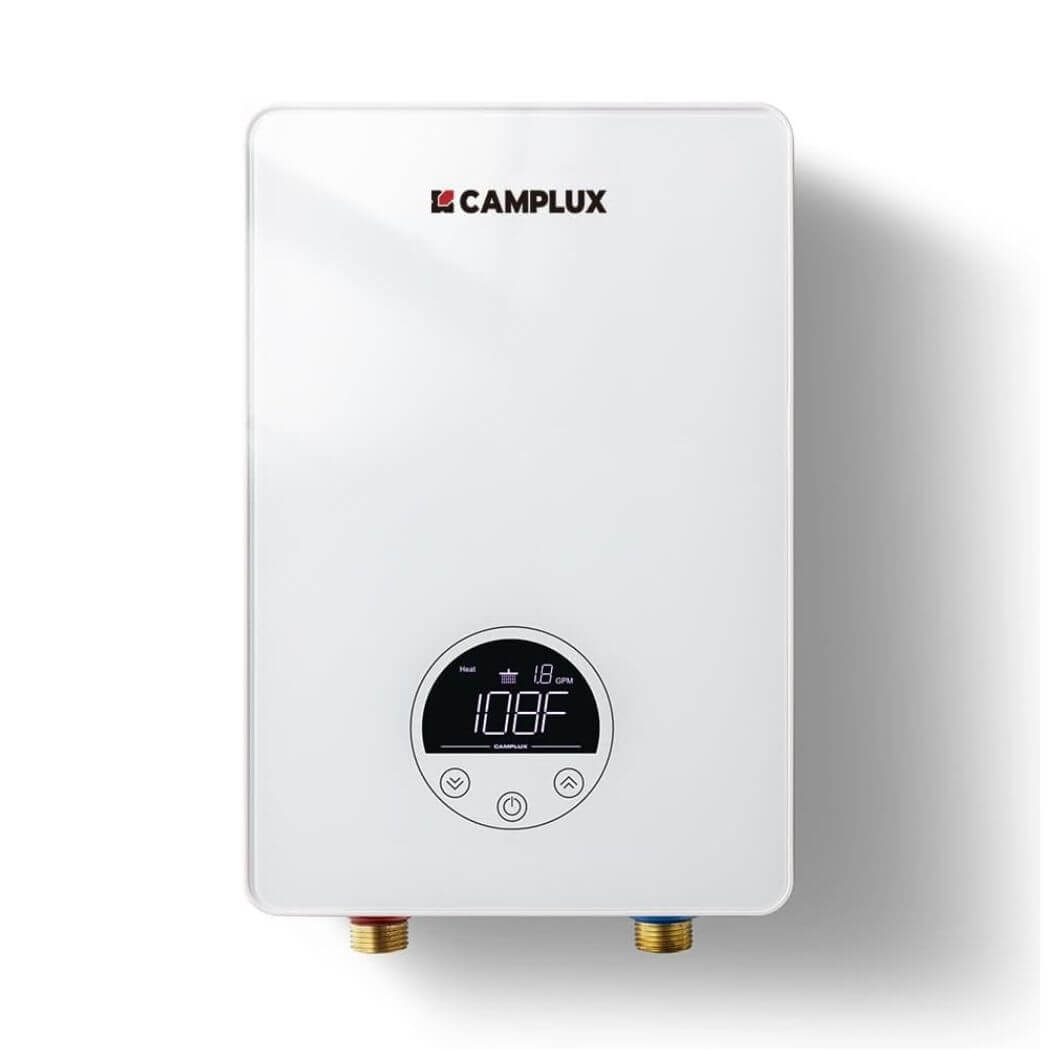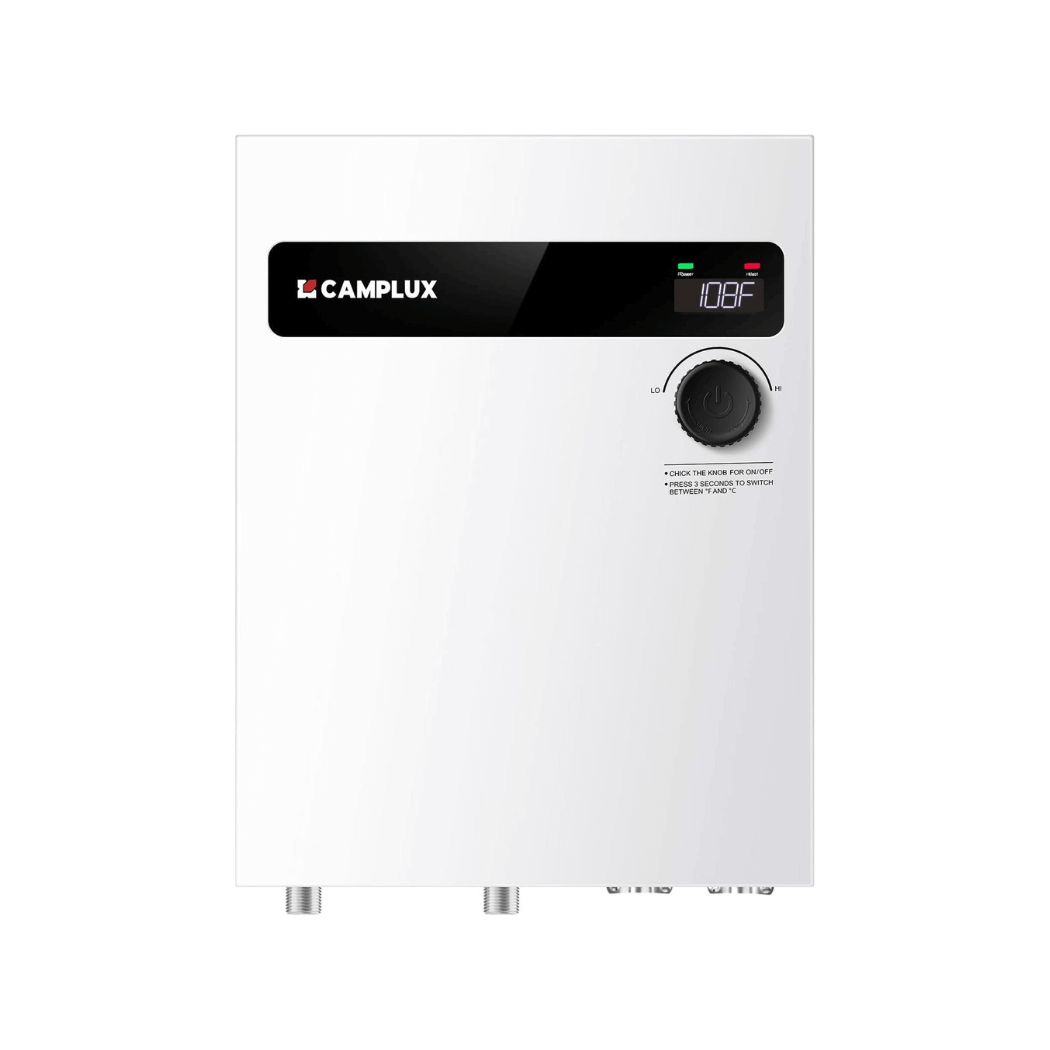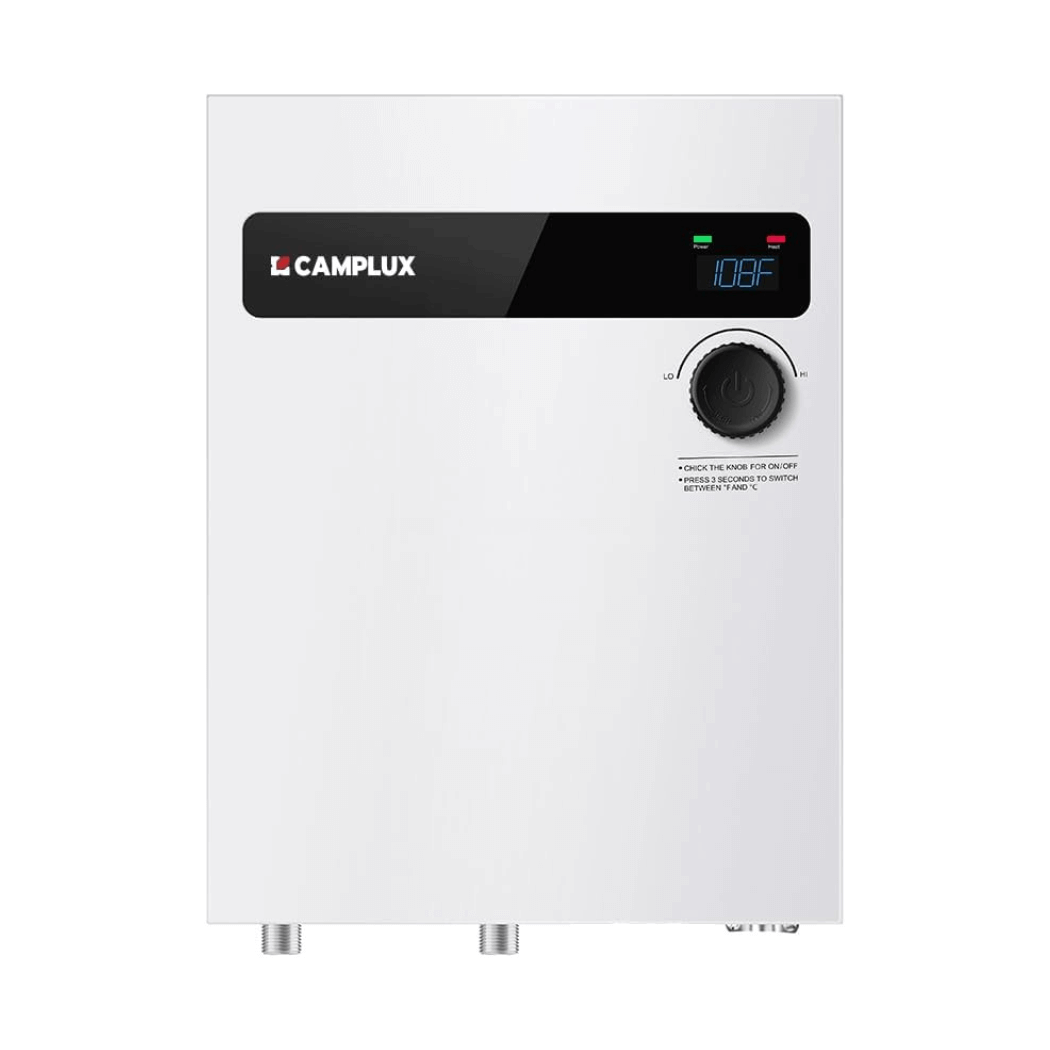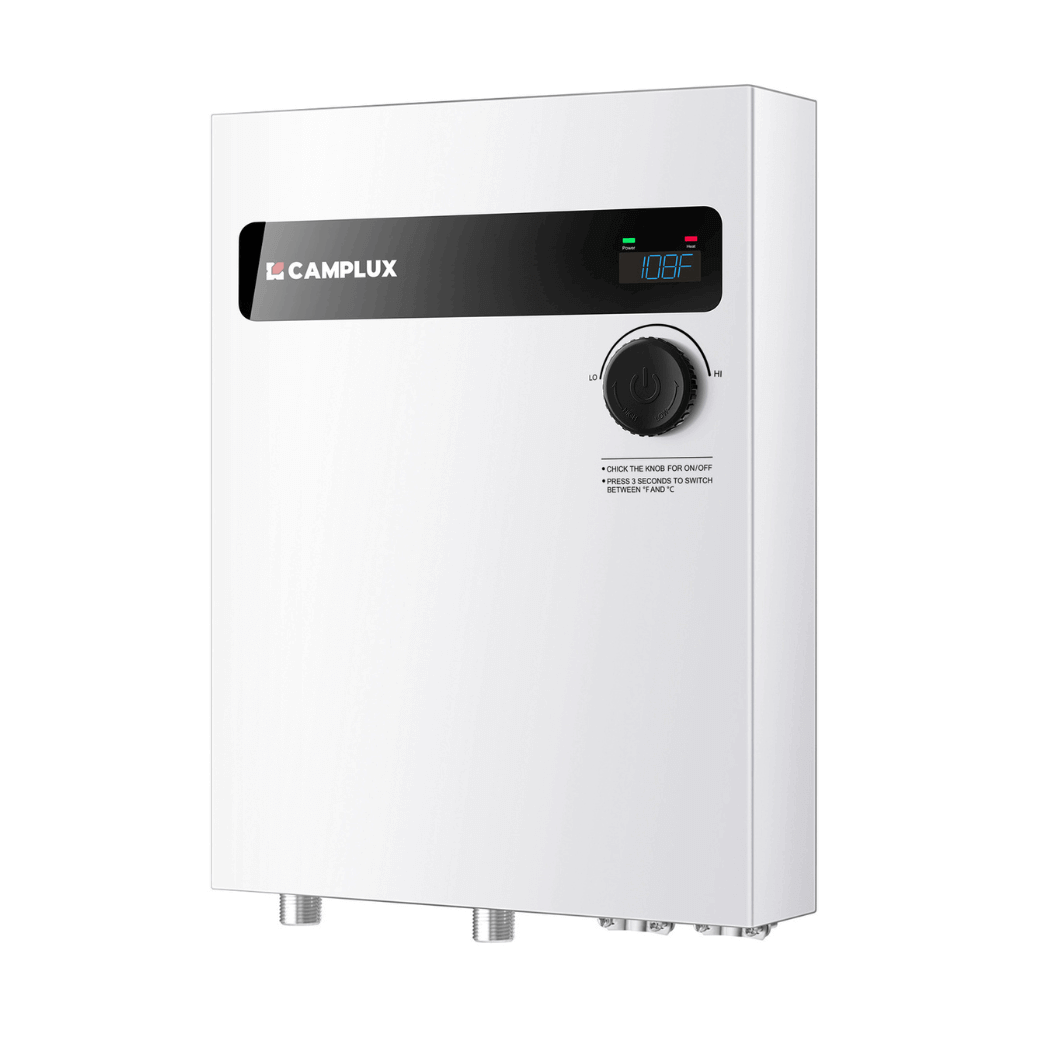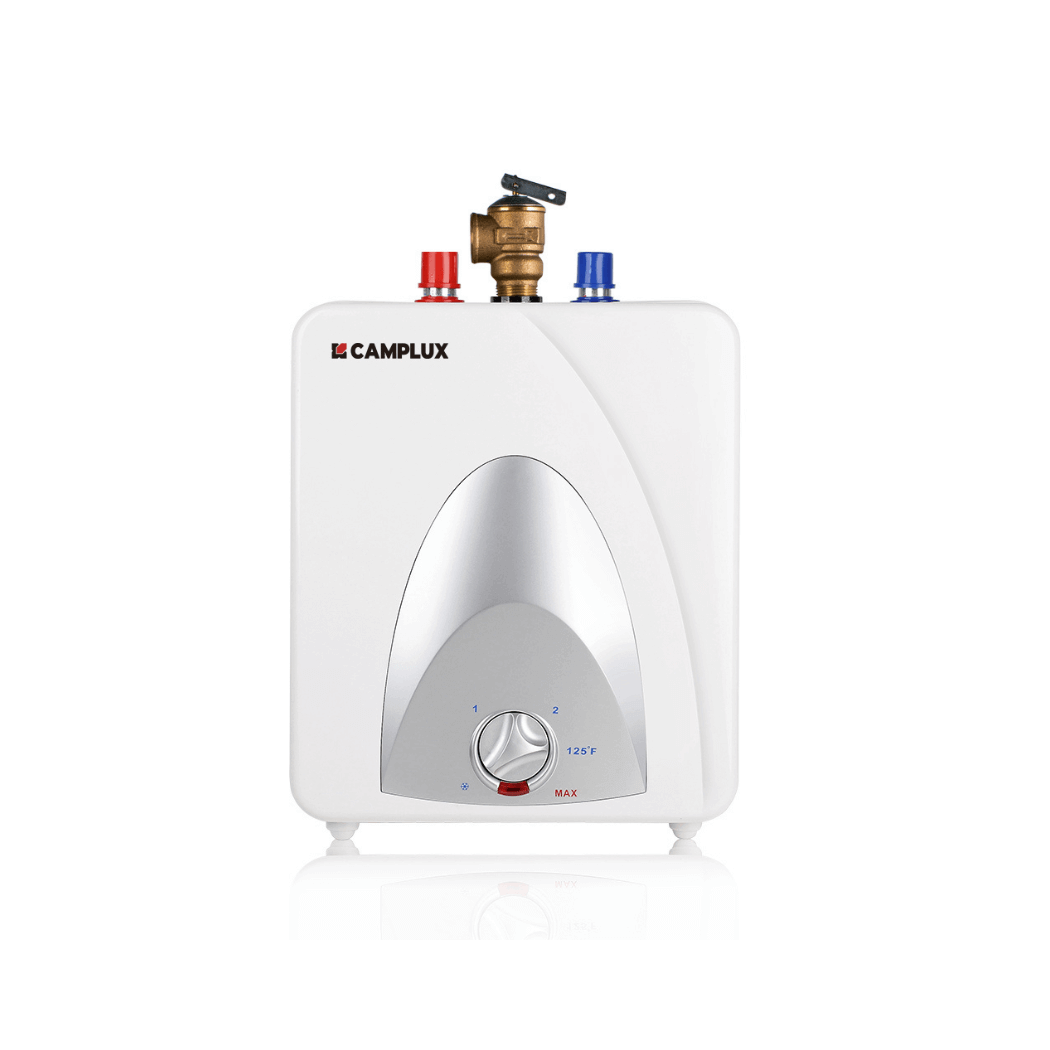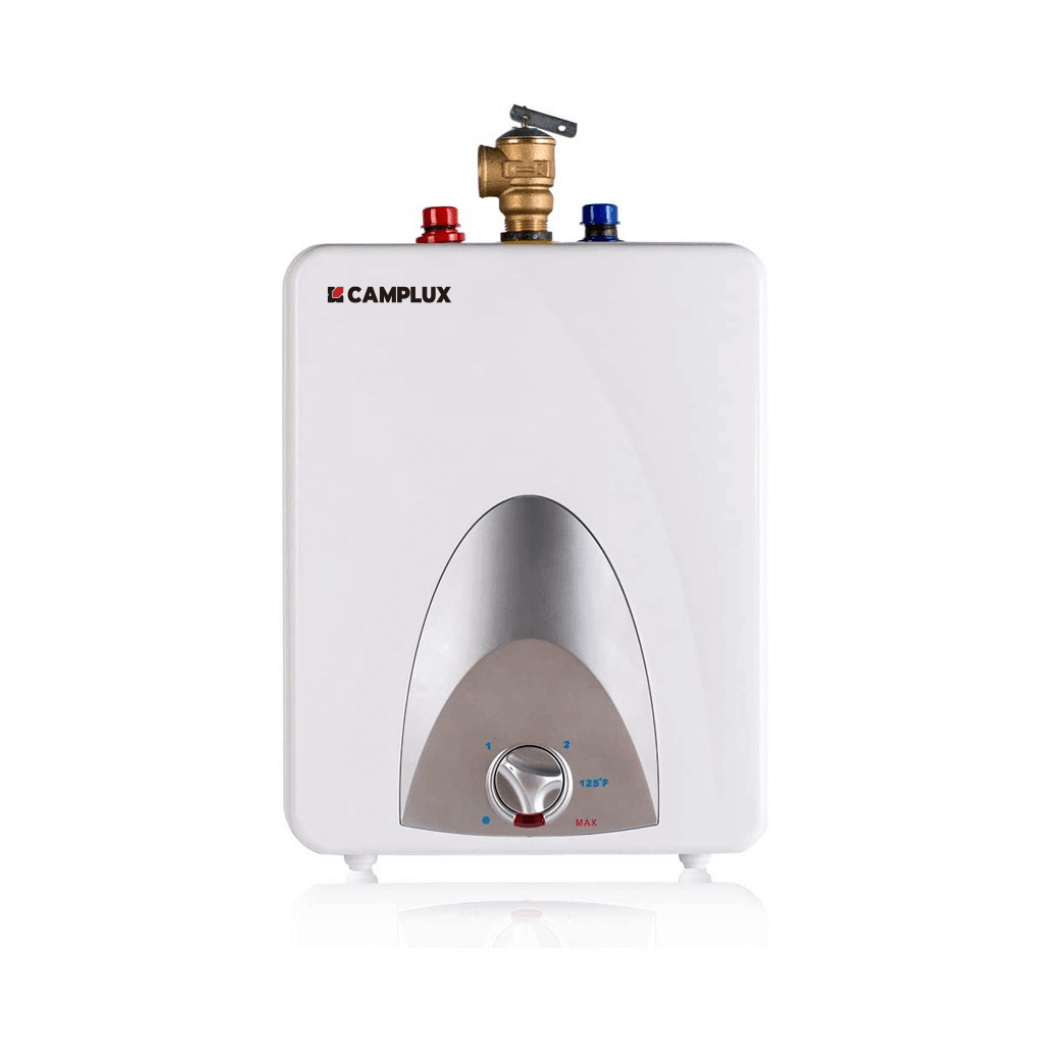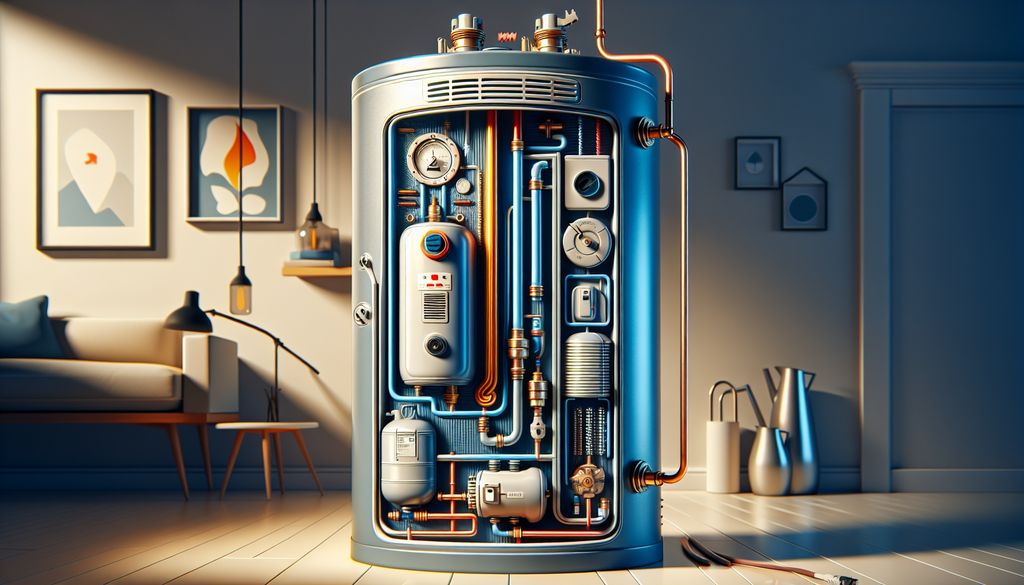In this article, we will guide you through the process of building an off-grid shower. Whether you're camping, living in a remote location, or simply want to reduce your reliance on traditional utilities, an off-grid shower can provide a convenient and sustainable solution. By following the step-by-step guide below, you'll be able to create your own off-grid shower using easily accessible materials and simple installation techniques.
Key Takeaways
- Choose a suitable location for your off-grid shower enclosure.
- Gather the necessary materials, including a shower enclosure, water source, water pump, shower head, and plumbing accessories.
- Build the shower enclosure frame and install the walls and roof.
- Set up a water source by collecting rainwater, digging a well, or connecting to a natural water source.
- Install a water pump and connect the plumbing, ensuring proper water flow and pressure.
Materials Needed
Shower Enclosure
To build the shower enclosure, you will need to follow a series of steps. First, choose a suitable location for your shower. Consider factors such as privacy, accessibility, and proximity to the water source. Once you have selected the location, gather all the necessary materials, including wood, screws, and waterproofing materials.
Next, start building the frame of the enclosure. Use sturdy and weather-resistant materials to ensure durability. Make sure the frame is level and secure. Once the frame is complete, you can proceed to install the walls. Use waterproof panels or tiles to protect the enclosure from water damage.
After installing the walls, it's time to add the roof. The roof will provide shelter and protection from the elements. Consider using a transparent or translucent material to allow natural light into the shower area. Ensure that the roof is properly sealed to prevent leaks.
Remember to take your time and follow the instructions carefully. Building the shower enclosure is an important step in creating an off-grid shower system that meets your needs and preferences.
Water Source
Setting up the water source is an essential step in creating an off-grid shower. There are several options for sourcing water, depending on your location and preferences.
Collecting Rainwater : One option is to collect rainwater. This can be done by installing a rainwater collection system that directs water from your roof into a storage tank. It's important to ensure the water is filtered and treated before use.
Digging a Well : Another option is to dig a well. This involves drilling or excavating a hole deep enough to reach a water source underground. A pump is then used to bring the water to the surface.
Connecting to a Natural Water Source : If you have access to a natural water source such as a river or stream, you can connect your shower system directly to it. However, it's important to consider the environmental impact and ensure proper filtration and treatment of the water.
Water Filtration : Regardless of the water source you choose, it's crucial to have a reliable water filtration system in place to remove impurities and ensure the water is safe for use.
Water Pump
Once you have selected the right water pump , it's time to install it and connect the plumbing. Here are the steps to follow:
-
Installing the Water Pump: Start by finding a suitable location for the water pump. Make sure it is close to the water source and easily accessible for maintenance. Secure the pump in place using brackets or straps. Connect the inlet and outlet pipes to the pump, ensuring a tight seal.
-
Connecting the Plumbing: Next, connect the plumbing system to the water pump. Use appropriate pipes and fittings to create a network that will distribute water to the shower head. Make sure to include shut-off valves and pressure regulators as needed.
-
Testing for Leaks: Before using the shower, it's important to test the system for any leaks. Turn on the water pump and check all connections for signs of leakage. If any leaks are found, tighten the connections or replace faulty parts.
Remember to follow the manufacturer's instructions and local plumbing codes when installing the water pump and plumbing system.
Tip: Regular maintenance and inspection of the water pump and plumbing system will help ensure optimal performance and prevent any issues.
Shower Head
When choosing a shower head , there are a few key factors to consider. First, determine the water pressure in your off-grid setup to ensure compatibility with the shower head you choose. Additionally, consider the water flow rate and whether you prefer a fixed or handheld shower head.
To help you make an informed decision, here is a table summarizing the different types of shower heads and their features:
| Shower Head Type | Features |
|---|---|
| Rainfall Shower Head | Provides a gentle, rain-like shower experience |
| High-Pressure Shower Head | Delivers a powerful spray for a refreshing shower |
| Handheld Shower Head | Offers flexibility and convenience for targeted cleaning |
Tip: Consider investing in a water-saving shower head to conserve water in your off-grid shower system.
Remember, the shower head you choose will greatly impact your shower experience, so take the time to find one that suits your preferences and needs.
Plumbing Accessories
When it comes to setting up your off-grid shower, having the right plumbing accessories is crucial. These accessories will ensure that your shower functions properly and efficiently. Here are some important plumbing accessories you will need:
- Shower valves : These control the flow and temperature of the water. Make sure to choose high-quality valves that are durable and reliable.
- Pipe fittings : These are used to connect the different components of your plumbing system. It's important to use fittings that are compatible with the type of pipes you are using.
- Water pressure regulator : This accessory helps regulate the water pressure, preventing any damage to your shower system.
Tip : It's always a good idea to have some extra plumbing accessories on hand in case of any unexpected issues or repairs.
With these plumbing accessories, you can ensure that your off-grid shower is functional and efficient.
Building the Shower Enclosure
Choosing the Location
When choosing the location for your off-grid shower, there are a few key factors to consider. Privacy is an important aspect, so look for a spot that is secluded and away from prying eyes. Additionally, consider the proximity to your water source . It's best to choose a location that is close to your water source to minimize the length of plumbing required.
Another important consideration is the terrain . Make sure the ground is level and stable to ensure the shower enclosure is secure. If the ground is uneven, you may need to do some leveling before proceeding with the construction.
Lastly, think about the sun exposure . A location that receives ample sunlight will help heat the water naturally, reducing the need for additional heating methods.
To summarize, when choosing the location for your off-grid shower, prioritize privacy, proximity to the water source, stable terrain, and sun exposure.
Gathering the Materials
Before starting the construction of the shower enclosure, it is important to gather all the necessary materials. Here is a list of the materials you will need:
- Pressure-treated lumber : This will be used for building the frame of the shower enclosure.
- Plywood : You will need plywood sheets for the walls and roof of the enclosure.
- Screws and nails : These will be used to secure the different components of the enclosure.
- Waterproofing membrane : This will help protect the wood from water damage.
- Shower pan : The shower pan will serve as the base for the shower.
- Shower door : You will need a shower door to provide privacy.
It is important to ensure that all the materials are of good quality and suitable for outdoor use. Additionally, make sure to measure the dimensions of the shower enclosure area to determine the quantity of materials needed. Taking the time to gather all the materials beforehand will make the construction process smoother and more efficient.
Building the Frame
Building the frame is a crucial step in creating a sturdy and durable shower enclosure. To build the frame, you will need the following materials:
- 2x4 lumber : This will serve as the main support for the structure.
- Screws : Use screws to secure the pieces of lumber together.
- Level : Make sure the frame is level to ensure proper installation.
Once you have gathered all the materials, follow these steps to build the frame:
- Measure and mark the desired dimensions for the shower enclosure on the ground.
- Cut the 2x4 lumber to the appropriate lengths based on your measurements.
- Assemble the frame by attaching the pieces of lumber together using screws.
- Use a level to check that the frame is straight and level.
Tip: It is important to ensure that the frame is sturdy and level, as it will provide the foundation for the rest of the shower enclosure.
Installing the Walls
After gathering all the necessary materials, it's time to start installing the walls for your off-grid shower enclosure. Here are the steps to follow:
-
Begin by measuring and marking the locations for the walls. Make sure to account for any doors or windows that need to be included.
-
Cut the wall panels to the appropriate size using a saw or other cutting tool. Ensure that the panels fit snugly and securely.
-
Attach the panels to the frame using screws or nails. Make sure to align them properly and secure them tightly.
-
Once all the panels are installed, check for any gaps or spaces between them. Fill in any gaps with caulk or sealant to ensure a watertight enclosure.
-
Finally, give the walls a thorough inspection to ensure they are sturdy and secure. Make any necessary adjustments or reinforcements as needed.
Remember to take your time and double-check your measurements and installations to ensure a high-quality and durable shower enclosure.
Adding the Roof
After building the walls of the shower enclosure, the next step is to add the roof. The roof provides protection from the elements and ensures privacy while showering. There are several options for the roof material, including corrugated metal , fiberglass , or polycarbonate panels . Choose a material that is durable and weather-resistant.
To install the roof, follow these steps:
- Measure the dimensions of the shower enclosure to determine the size of the roof panels needed.
- Cut the roof panels to the appropriate size using a saw or shears.
- Attach the roof panels to the top of the shower enclosure frame using screws or nails.
- Ensure that the roof panels are securely fastened and provide a watertight seal.
Tip: Consider adding a slight slope to the roof to allow for proper drainage of rainwater.
Adding the roof completes the construction of the shower enclosure, bringing you one step closer to enjoying an off-grid shower experience.
Setting up the Water Source
Collecting Rainwater
Collecting rainwater is an essential step in setting up an off-grid shower. Rainwater is a free and sustainable source of water that can be used for showering. There are several methods for collecting rainwater, including rain barrels , rainwater harvesting systems , and rainwater collection tanks .
One popular method is to use rain barrels . These are large containers that are placed under a downspout to collect rainwater from the roof. The collected water can then be used for showering. It's important to position the rain barrels in a location where they can easily collect rainwater and have a secure lid to prevent debris and insects from entering.
Another option is to install a rainwater harvesting system . This system involves diverting rainwater from the roof into a storage tank. The tank is equipped with a filtration system to remove debris and contaminants. The collected rainwater can then be pumped into the shower for use.
- Collecting rainwater is a sustainable way to ensure a constant water supply for your off-grid shower.
- It is important to regularly clean and maintain the rainwater collection system to prevent the buildup of algae and bacteria.
- Consider the local regulations and restrictions regarding rainwater collection before implementing a system.
| Method | Pros | Cons |
|---|---|---|
| Rain Barrels |
Free and sustainable Easy to set up Can be placed under downspouts |
Limited storage capacity Requires regular maintenance May not be sufficient for high water usage |
| Rainwater Harvesting System |
Large storage capacity Filtration system removes debris and contaminants Can be connected to plumbing system |
Higher upfront cost Requires professional installation Requires regular maintenance |
Tip: Position the rain barrels or storage tanks in an elevated location to take advantage of gravity for easier water flow.
Digging a Well
Digging a well is a crucial step in setting up an off-grid shower. It provides a reliable and sustainable water source for your shower. Here are the steps to dig a well:
- Choose the location: Select a spot that is away from any potential sources of contamination, such as septic tanks or chemical storage areas.
- Gather the materials: You will need a shovel, a pickaxe, a well drilling kit, and a water level.
- Start digging: Begin by digging a hole using the shovel and pickaxe. Dig deep enough to reach the water table.
- Use the well drilling kit: Once you reach the water table, use the well drilling kit to create a well casing.
- Install the water level: Attach the water level to the well casing to monitor the water level.
- Test the water quality: Before using the water for showering, it is important to test its quality to ensure it is safe and free from contaminants.
Remember to take necessary safety precautions while digging the well, such as wearing protective gear and having someone nearby in case of emergencies.
Connecting to a Natural Water Source
When connecting to a natural water source , it is important to consider a few key factors. First, ensure that the water source is clean and reliable . This can be done by conducting a water quality test or consulting with local authorities. Second, determine the distance between the water source and the shower enclosure. If the distance is significant, you may need to install a water storage tank to ensure a consistent water supply. Third, consider the sustainability of the water source. If it is a limited resource, it is important to use water efficiently and consider implementing water conservation measures . Lastly, ensure that the connection to the water source is secure and leak-proof to avoid any water wastage or damage to the surrounding environment.
To summarize:
- Ensure the water source is clean and reliable.
- Consider the distance and install a water storage tank if needed.
- Implement water conservation measures for sustainable use.
- Secure and leak-proof connection to the water source.
Water Filtration
When it comes to off-grid showers, ensuring clean and safe water is essential. Water filtration plays a crucial role in removing impurities and contaminants from the water source. There are various methods available for water filtration, including:
- Activated carbon filters : These filters are effective in removing chlorine, sediment, and organic compounds from the water.
- Ceramic filters : These filters can remove bacteria, protozoa, and other microorganisms from the water.
- UV sterilization : This method uses ultraviolet light to kill bacteria, viruses, and other pathogens.
It is important to choose a water filtration system that suits your specific needs and the quality of the water source. Additionally, regular maintenance and replacement of filter cartridges are necessary to ensure the effectiveness of the filtration system.
Tip: Before installing a water filtration system, test the water source for any potential contaminants and consult with a water treatment professional if needed.
Installing the Water Pump and Plumbing
Selecting the Right Water Pump
When selecting the right water pump for your off-grid shower, there are a few key factors to consider:
-
Water flow rate : Determine the desired flow rate for your shower. This will depend on factors such as the number of showerheads and the water pressure you prefer. Pay attention to your outdoor water heater heating capacity, the water flow rate high for a small model would only give out warm shower. Make sure the water pump you choose can meet these requirement.
-
Power source : Consider the power source available in your off-grid setup. If you have access to electricity, an electric water pump may be suitable. If not, you may need to opt for a manual or solar-powered pump.
-
Durability and reliability : Look for a water pump that is built to withstand the off-grid environment. It should be durable, resistant to corrosion, and have a reliable performance.
-
Noise level : If noise is a concern, choose a water pump that operates quietly. This is especially important if you plan to use the shower in close proximity to your living area.
Remember to carefully evaluate these factors before making your final decision.
Installing the Water Pump
After selecting the right water pump for your off-grid shower, it's time to install it. Follow these steps to ensure a successful installation:
-
Prepare the location : Choose a suitable spot near your water source and shower enclosure to install the pump. Ensure it is easily accessible for maintenance.
-
Secure the pump : Use sturdy brackets or mounts to secure the pump in place. This will prevent vibrations and ensure stability during operation.
-
Connect the power : Follow the manufacturer's instructions to connect the pump to a power source. Use waterproof connectors and ensure proper grounding.
-
Connect the plumbing : Attach the necessary plumbing fittings to the pump. Use Teflon tape or pipe sealant to ensure a watertight connection.
-
Test for leaks : Turn on the pump and check for any leaks in the plumbing connections. If leaks are detected, tighten the fittings or replace any faulty components.
Remember to follow all safety guidelines and consult a professional if needed.
Connecting the Plumbing
After installing the water pump, the next step is to connect the plumbing. This involves connecting the water pump to the shower head and ensuring proper water flow. Here are the steps to connect the plumbing:
- Gather the necessary plumbing accessories such as pipes, connectors, and valves.
- Measure and cut the pipes to the appropriate lengths using a pipe cutter.
- Attach the connectors and valves to the pipes using pipe glue or thread tape.
- Connect the pipes from the water pump to the shower head, ensuring a secure and watertight connection.
- Test for leaks by turning on the water pump and checking for any water leakage.
Tip: It is important to ensure that all connections are tight and secure to prevent any water leakage. Regularly check the plumbing connections for any signs of wear or damage.
Testing for Leaks
After connecting the plumbing, it is crucial to test for any leaks. Leak detection is an essential step to ensure the proper functioning of your off-grid shower. Here are some steps to follow:
- Turn on the water pump and let the water flow through the plumbing system.
- Inspect all connections and joints for any signs of leakage. Pay close attention to areas where pipes are connected or sealed.
- Listen for any unusual sounds that may indicate a leak, such as dripping or hissing.
- Check for water accumulation or wet spots around the shower enclosure or plumbing connections.
It is important to fix any leaks promptly to prevent water wastage and potential damage to the surrounding area. Remember, a leak-free shower ensures a more sustainable and efficient off-grid experience.
Tip: Regularly inspect the plumbing system and perform leak tests to catch any issues early on and avoid costly repairs in the future.
Conclusion
In conclusion, building an off-grid shower can be a simple and rewarding project. By following the step-by-step guide outlined in this article, you can create a functional shower enclosure and set up a reliable water source. With careful planning, the right outdoor water heater and the right materials, you can enjoy the convenience of a shower even in remote locations. Remember to consider sustainable water sources and efficient plumbing systems to minimize environmental impact. So go ahead and start your off-grid shower project today!
Frequently Asked Questions
Can I use a solar-powered water pump for the off-grid shower?
Yes, a solar-powered water pump can be used for the off-grid shower. It is a sustainable and energy-efficient option for providing water pressure.
What is the best location for building the shower enclosure?
The best location for building the shower enclosure is an area that is easily accessible and provides privacy. It should also be close to the water source and have a solid foundation for stability.
Do I need a permit to build an off-grid shower enclosure?
The requirement for a permit to build an off-grid shower enclosure may vary depending on your location and local regulations. It is recommended to check with your local authorities before starting the construction.
How do I collect and store rainwater for the off-grid shower?
To collect and store rainwater for the off-grid shower, you can use rain barrels or a rainwater harvesting system. The water can be filtered and stored in tanks or containers for future use.
What type of shower head is suitable for an off-grid shower?
A low-flow shower head is suitable for an off-grid shower as it conserves water and reduces water consumption. Look for shower heads with a flow rate of 2.5 gallons per minute or less.
How often should I clean the water pump and plumbing of the off-grid shower?
It is recommended to clean the water pump and plumbing of the off-grid shower regularly, at least once every few months, to ensure proper functioning and prevent clogs or buildup.
